Nike has become synonymous with performance, innovation, and style. Its rise to prominence is a story of grit, determination, and relentless innovation in the sportswear industry. What started as a small business venture between a former track athlete and his coach is now a globally recognized brand. It has transcended its roots to become a cultural icon. This is the story of how Nike built its empire—from humble beginnings to the powerhouse it is today. The history of Nike is something special.
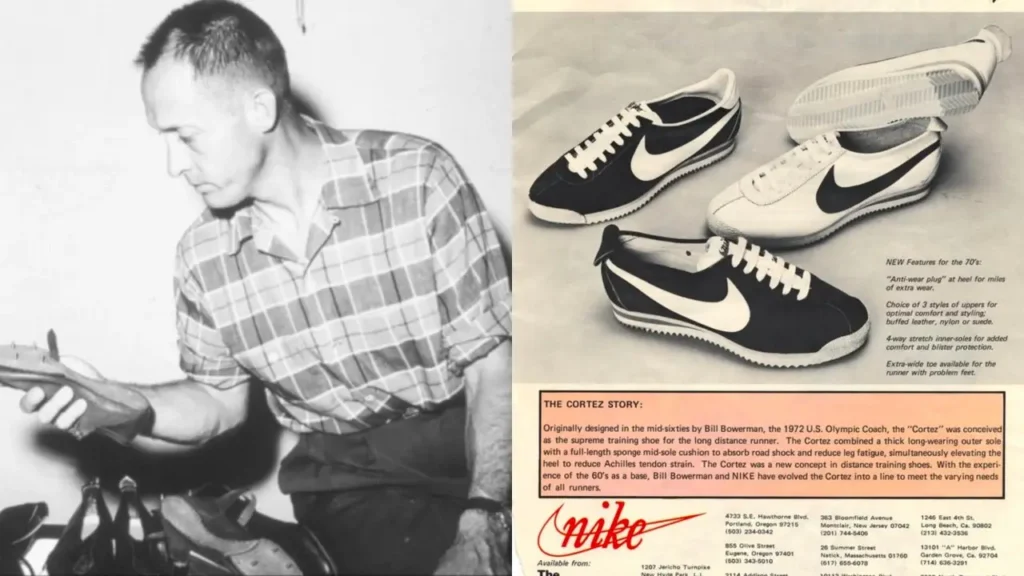
Early Beginnings: The Birth of a Legend
Nike’s story begins in 1964 when Phil Knight, a University of Oregon track athlete, and his coach Bill Bowerman founded a small company called Blue Ribbon Sports. At the time, their primary focus was importing high-quality, low-cost running shoes from Japan to the U.S. market. They started as a distributor for Onitsuka Tiger shoes (now known as ASICS), selling them out of the back of Knight’s car at track meets. Bowerman’s passion for creating better, more durable shoes for athletes, combined with Knight’s business acumen, laid the foundation for what would eventually become one of the largest sportswear companies in the world.
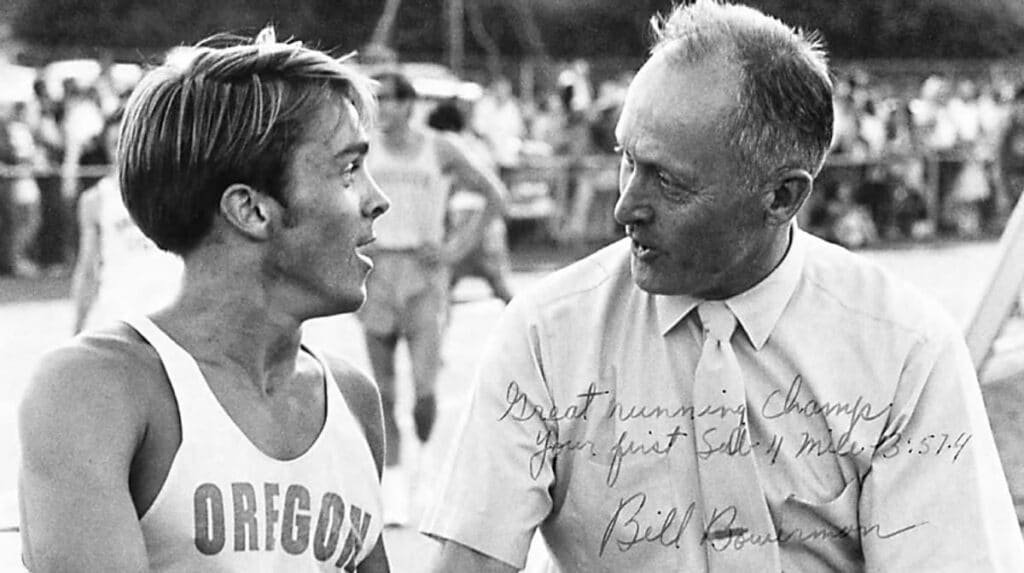
In 1971, after their relationship with Onitsuka Tiger ended, Knight and Bowerman decided to take the bold step of designing their own line of shoes. It was at this point that they rebranded their company as Nike, named after the Greek goddess of victory. The now-iconic Swoosh logo, designed by a graphic design student named Carolyn Davidson, was introduced at the same time. Knight wasn’t initially impressed with the logo but went ahead with it. He paid Davidson $35 for her work—a decision he surely wouldn’t regret.
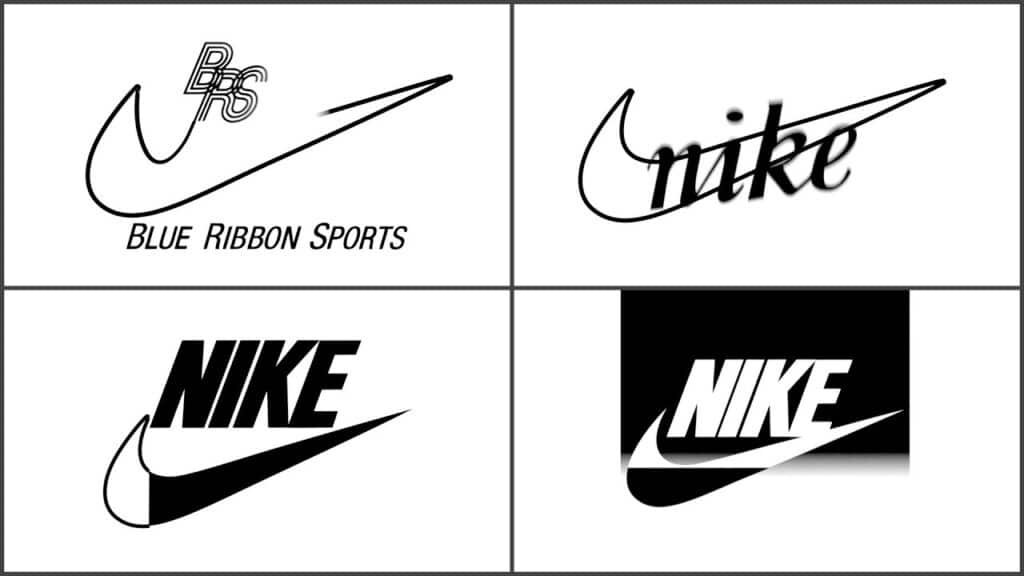
Nike’s First Success: The Cortez
Nike’s first major hit was the release of the Cortez in 1972. The Cortez, designed by Bowerman, was a running shoe that provided superior comfort and durability, which instantly made it popular among athletes. This shoe’s success was a milestone for Nike as it started gaining recognition in the highly competitive footwear market. The Cortez’s popularity wasn’t just limited to athletes; it quickly became a fashion statement. This contributed to Nike’s initial surge in popularity. The Cortez was the beginning of Nike’s commitment to innovation in sportswear and its ability to blend performance with style.
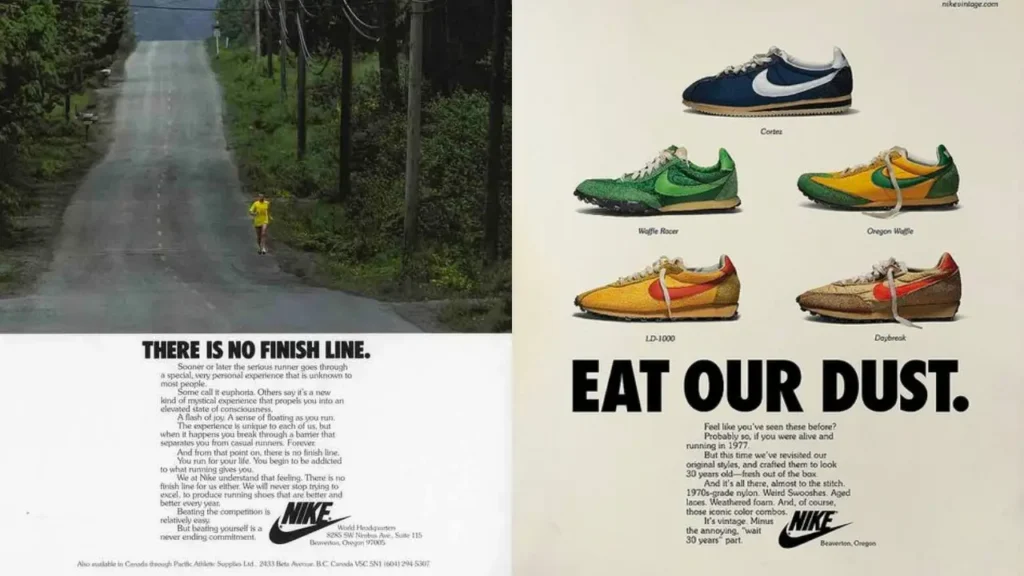
The Rise of the Air Jordan
Nike’s trajectory skyrocketed in 1984 when it signed a young NBA rookie named Michael Jordan. This would prove to be one of the most important partnerships in the history of sports marketing. The deal led to the creation of the Air Jordan line, which not only revolutionized basketball shoes but also catapulted Nike into a global phenomenon.
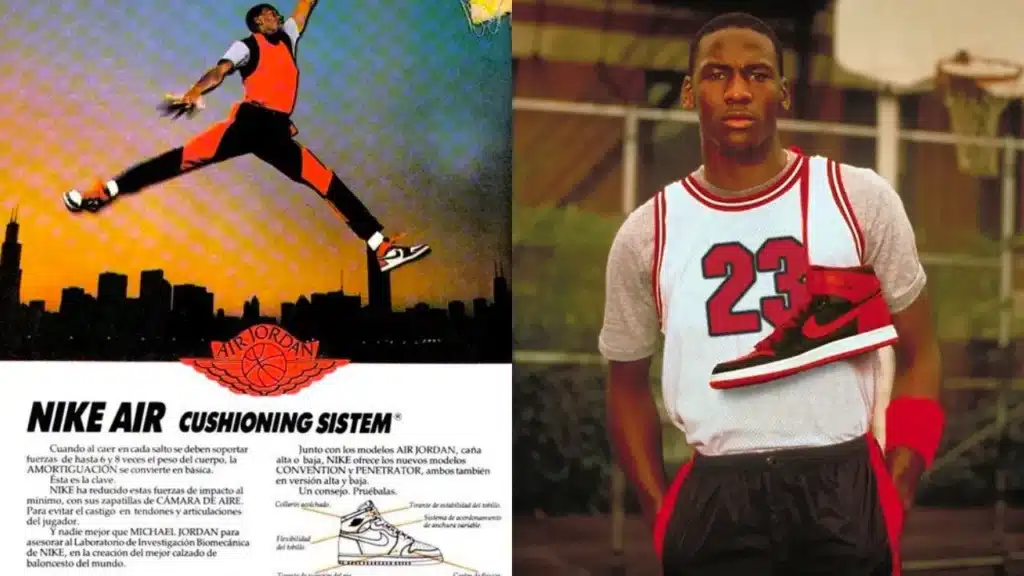
The first Air Jordan was released in 1985 and was an instant success. The shoe’s unique design, coupled with Jordan’s growing stardom, made it a must-have item for both athletes and sneaker enthusiasts. The Air Jordan series became an annual event, with each new release eagerly anticipated by fans. The success of the Air Jordan line cemented Nike’s position as a leader in both sports and streetwear. It remains one of the brand’s most popular products today.
READ MORE: Previews of the J Balvin x Air Jordan 3 ‘Rio’
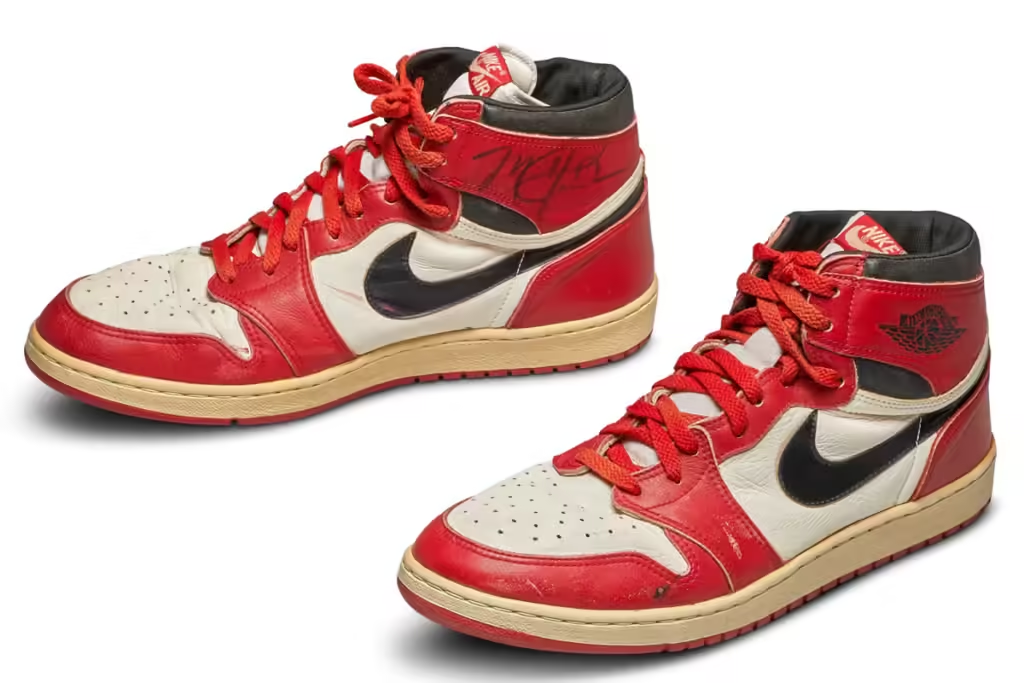
“Just Do It”: The Power of Branding
In 1988, Nike launched its now-legendary “Just Do It” campaign. The slogan, created by advertising agency Wieden+Kennedy, was simple yet powerful. It spoke to athletes and non-athletes alike, encouraging them to push beyond their limits and achieve greatness. The campaign was an instant hit and helped Nike transcend its status as a sportswear brand. It became a symbol of empowerment and motivation for people around the world.

The “Just Do It” campaign wasn’t just a marketing tool—it was a cultural movement. It featured athletes like Bo Jackson, John McEnroe, and, of course, Michael Jordan. They were portrayed as figures who defied expectations and overcame challenges. This resonated deeply with consumers and helped establish Nike as a brand. It was not just about selling shoes but about inspiring people to be the best version of themselves.

Expanding the Brand: Beyond Footwear
While Nike started as a footwear company, it wasn’t long before it expanded into other areas. In the 1990s, Nike began producing apparel, equipment, and accessories. This cemented its place as a full-service sports brand. This diversification was accompanied by the signing of other high-profile athletes such as Tiger Woods in golf, Serena Williams in tennis, and Cristiano Ronaldo in football.
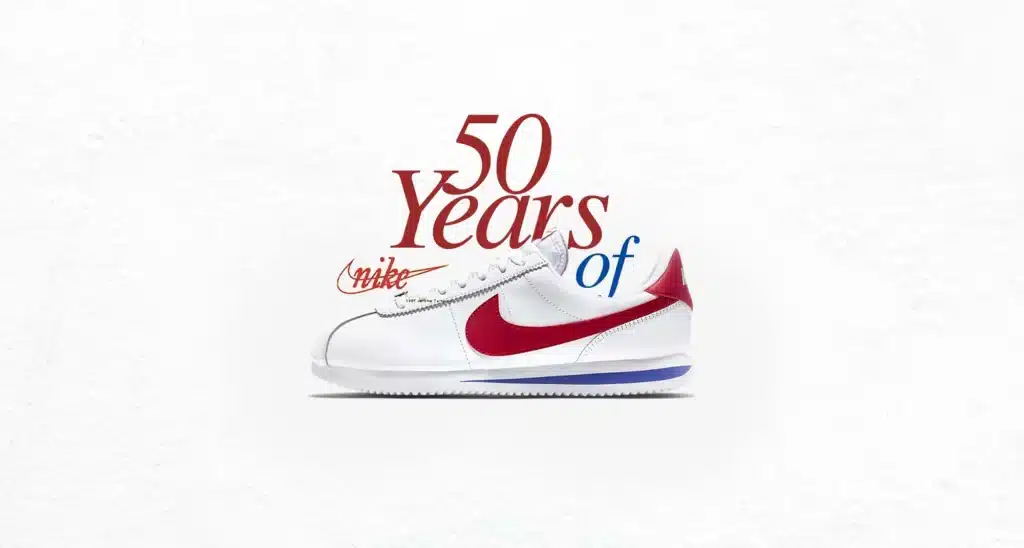
Nike’s innovative approach extended to its product lines, with the introduction of groundbreaking technologies like Nike Air, Flyknit, and Dri-Fit. These innovations revolutionized performance wear for athletes. The brand also ventured into creating digital experiences with products like the Nike+ app. This allowed athletes to track their performance and connect with a global community of fitness enthusiasts.

Nike Today: A Global Giant
Today, Nike is more than just a sportswear brand—it’s a cultural icon. From collaborations with high-fashion designers like Virgil Abloh to limited-edition sneakers that sell out within minutes, Nike has successfully blended sports, fashion, and lifestyle. The brand’s commitment to sustainability is also a major focus. Initiatives like Move to Zero are aimed at reducing carbon emissions and waste.

Nike’s ability to adapt and innovate has kept it at the forefront of the sportswear industry for over five decades. Whether through signing the biggest names in sports, creating groundbreaking products, or launching inspirational campaigns, Nike continues to set the standard for what a modern sports brand can be.

For more on Nike’s journey and other trending topics, check out our full article at:
What’s Hot in UAE.



